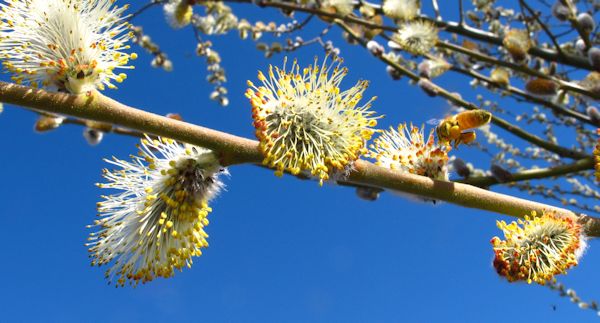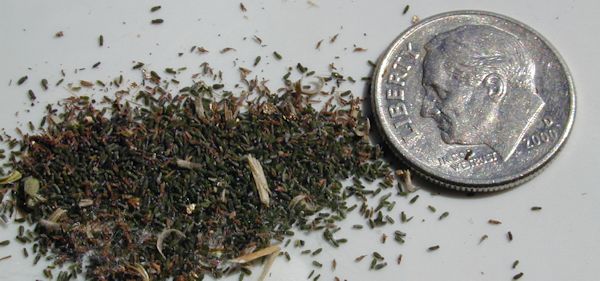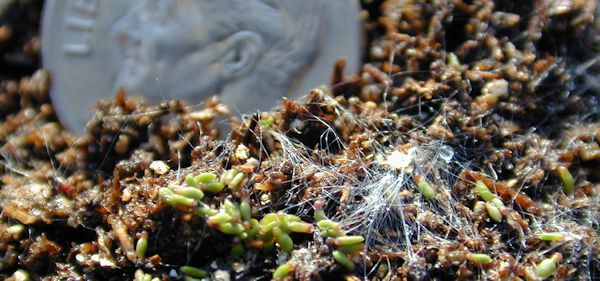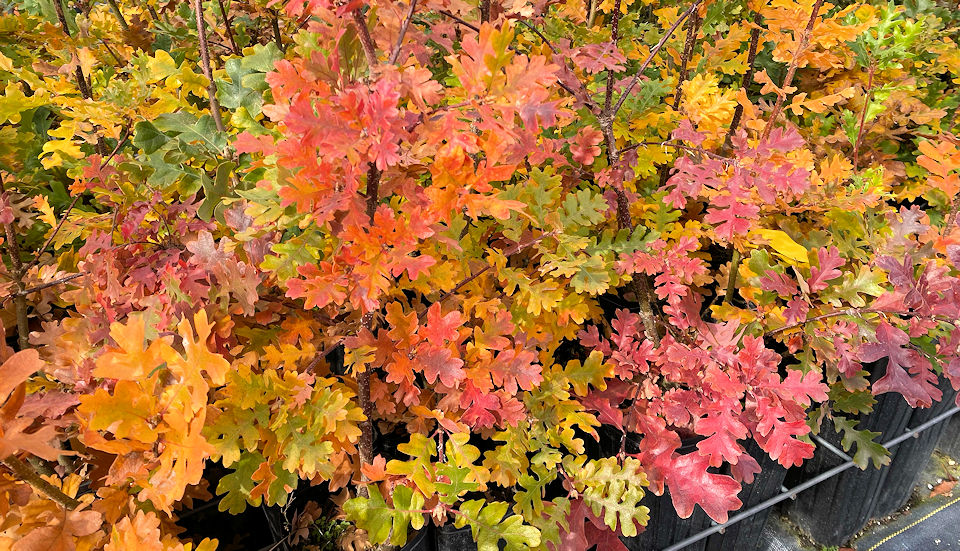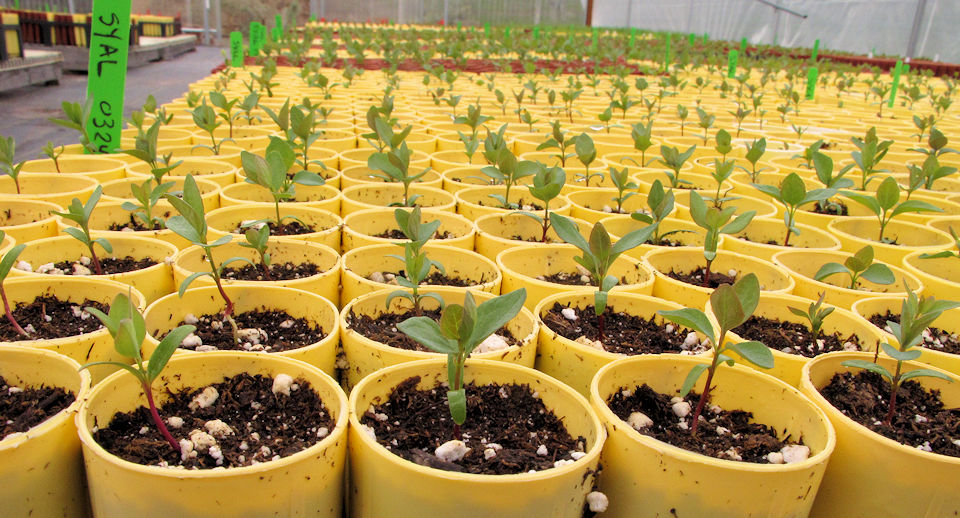Scouler’s Willow
In the forests of Eastern Washington one of the first woody plants to bloom is the Scouler’s willow.
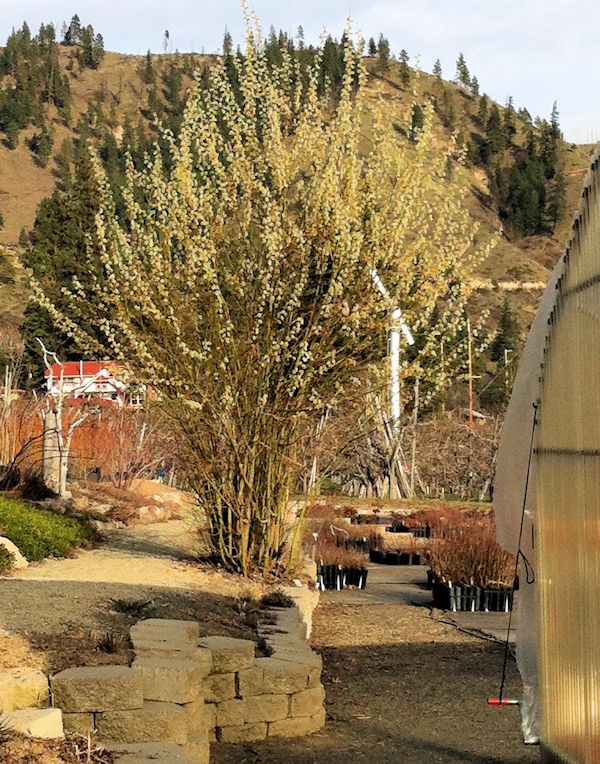 A large Scouler’s willow at Derby Canyon Natives in March
A large Scouler’s willow at Derby Canyon Natives in March
By mid-March most years (early March this year!) these willows, at least the male ones, are alive with insects gathering pollen. The Scouler’s willow around my nursery were humming with syrphid flies, the first bumblebees of the year and honeybees.
A honeybee laden with willow pollen
Scouler’s willow is an upland species, growing in drier areas than most other willow species, and sharing habitat with shrubs such as serviceberry, black hawthorn, snowbrush ceanothus and bitter cherry. It is adapted to fire, readily re-sprouting from the crown after a burn. With the increasing frequency of fires in Central Washington forests the Scouler’s willow is becoming more prominent, especially in the fall when its brilliant yellow color stands out (see some great color shots on Mark Turner’s blog, //nativeplantwildlifegarden.com/scoulers-willow-glows-golden/ )
It can be a good addition to a naturalized home landscape. Scouler’s willow is more upright, even tree-like, compared with most native willows, non-invasive, and can form a multi-stemmed small tree reaching 20-25 feet tall.
It sheds its seed early to seek out any moist soil in its forest habitat. Unlike the riparian willows, it roots poorly from cuttings. At Derby Canyon Natives we propagate it exclusively from seed we collect in April. After separating the tiny seeds from their attached fluff we sow them atop moist growing media and within hours they have germinated! Every year I get excited by this, but then I’m a plant nerd.
Tiny seeds!
Two hours after sowing the little roots (radicles) are out
This willow is named for Dr. John Scouler, a Scottish surgeon and naturalist who was an associate of the famous plant explorer, David Douglas, and joined him on an excursion to the Northwest in the 1820’s.
